Distorted Faces In Wide Angle Photos Can Now Be Unwarped
Shackcham Mirchandani - Jun 27, 2019
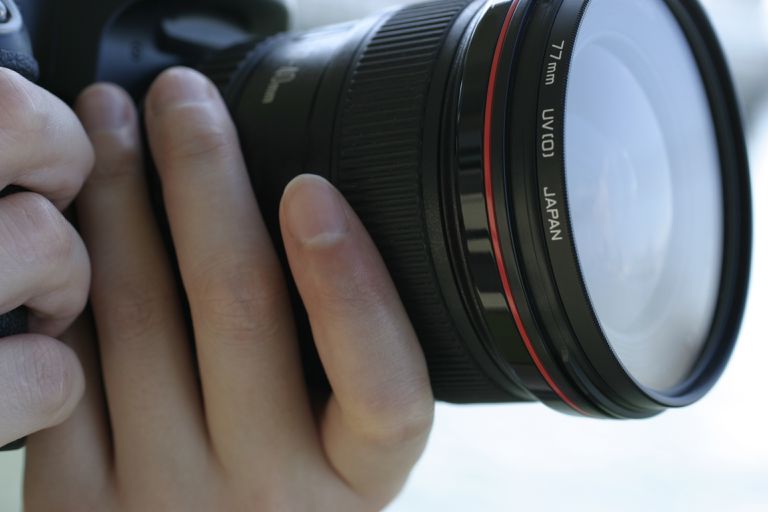
Researchers have developed an algorithm to fix distorted faces without affecting the rest of the photos.
- 19 Impressive Aerial Shots Of Famous Cities In The World
- Startup Develops An Algorithm To Tell Men If A Woman Has Reached An Orgasm
- This New Algorithm Can Prevent Self-Driving Vehicles From Crashing
In order to capture group photos, camera lenses of wide-angle have been widely used. Yet in such photos, there is always someone whose face is warped unflatteringly. Researchers of computational photography have found out a solution to this problem. They can now fix faces that are distorted without messing with the rest of the photo.
In comparison with a flat lens, a wide-angle lens has the bulging glass element, allowing users to take big group photos without anyone trying awkwardly to fit in the frame. However, the squeezing does not just disappear, it happens after photos are being taken since additional optical information needs to be adjusted and fit into a square image sensor. The final result may not look like you are staring at a reflective ball, however, faces of people being in the photo corners are often distorted.
Applications like Photoshop can fix those unwanted problems, but it would require users to have certain skills and knowledge about the app before they could effectively use it. And not every smartphone user is a Photoshop master. This leads to researchers developing an algorithm capable of automatically fixing warped faces. And surprisingly, this process does not affect any other parts of the photos.
Should the warps happen somewhere near the wide-angle shot’s edges, they are quite easy to be fixed. But once we did that, the rest of the photos will be warped. To fix only one particular part of a photo is challenging, which is why researchers have generated a content-aware grid to analyze how the warping process happens. Only then can they limit the warping transformations. This algorithm also makes sure that those de-warped areas of the photo blend into the surroundings smoothly. No one wants to have distorted lines and buildings at the back of their photos, right?
The corrections and calculations of the algorithm are 100% automatic, meaning that all we have to do is to click on a single button and voila, your photos are good to go. Since this algorithm is fast enough to provide immediate results, it can be applied to wide-angle photos on the fly and be integrated into camera apps as well. We don’t know exactly when this functionality will appear on smartphones, but the Pixel team of Google has confirmed that this feature will be in the Pixel 3.
Featured Stories

Mobile - Oct 23, 2025
How Casual Games Are Winning the Mobile Attention War
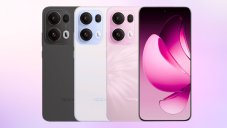
Mobile - Jul 03, 2025
OPPO Reno 14 Series Hits India: Launch Date, Cameras, and Specs
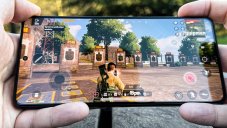
Mobile - Jun 12, 2025
Best Gaming Phones 2025: Top Devices for Mobile Gaming

Mobile - Jun 12, 2025
Vivo T4 Ultra Debuts with MediaTek Dimensity 9300+ Chipset

Mobile - Jun 08, 2025
Realme GT 7T Review: Power Meets Endurance in Controversial Style

Mobile - Jun 08, 2025
Motorola Edge 60 Set to Debut in India This June

Mobile - Jun 07, 2025
Realme C73 5G Launches in India: Budget 5G Phone Starts at ₹10,499

Gadgets - Jun 07, 2025
OnePlus 13s Makes Indian Debut: Compact Flagship Brings Premium Features at...
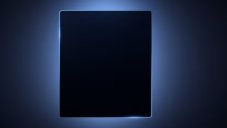
Mobile - Jun 04, 2025
Samsung Galaxy Z Fold 7 Ultra: The Next Chapter of Premium Foldables
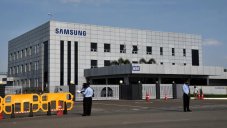
Mobile - Jun 02, 2025
Comments
Sort by Newest | Popular